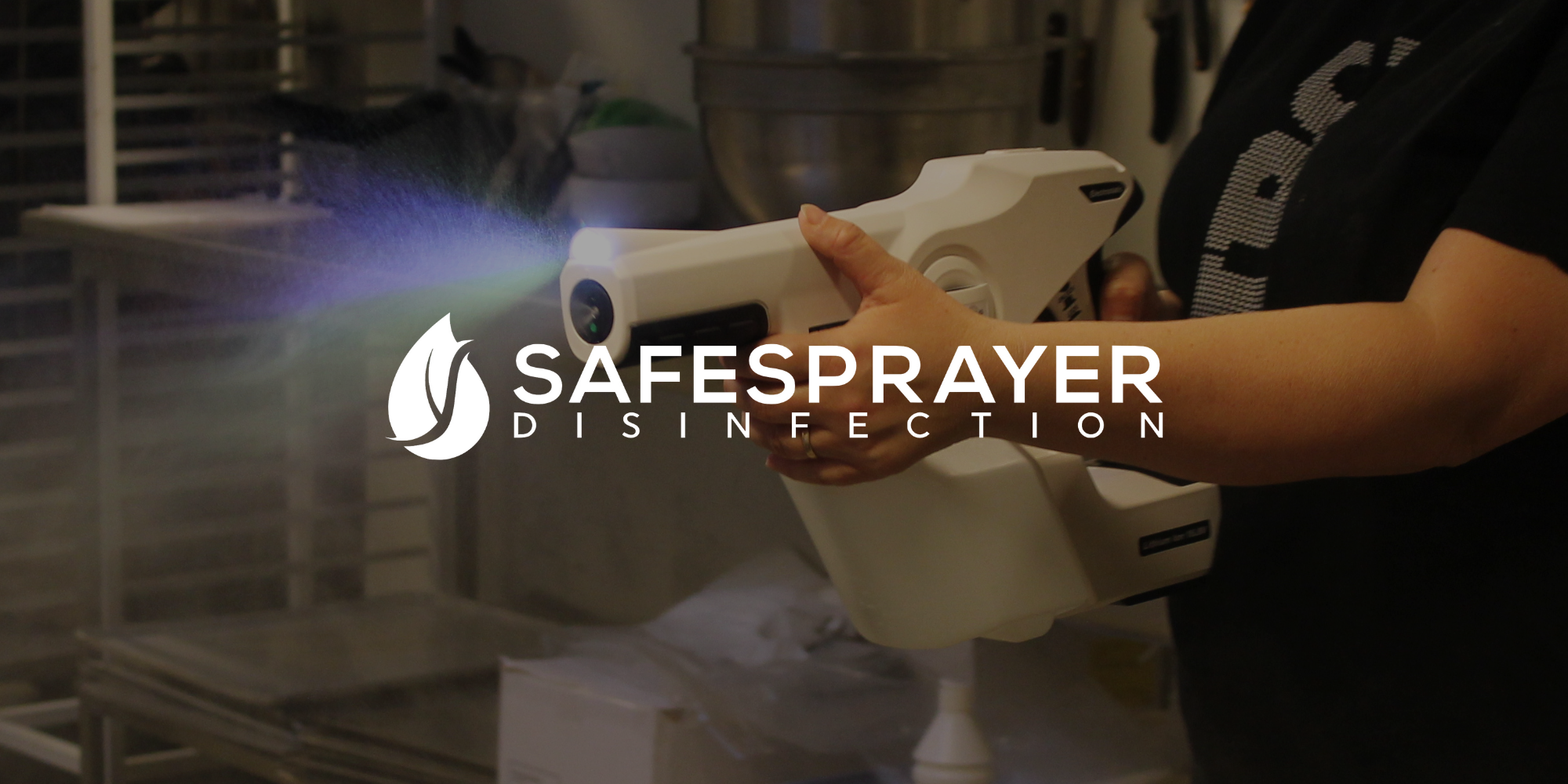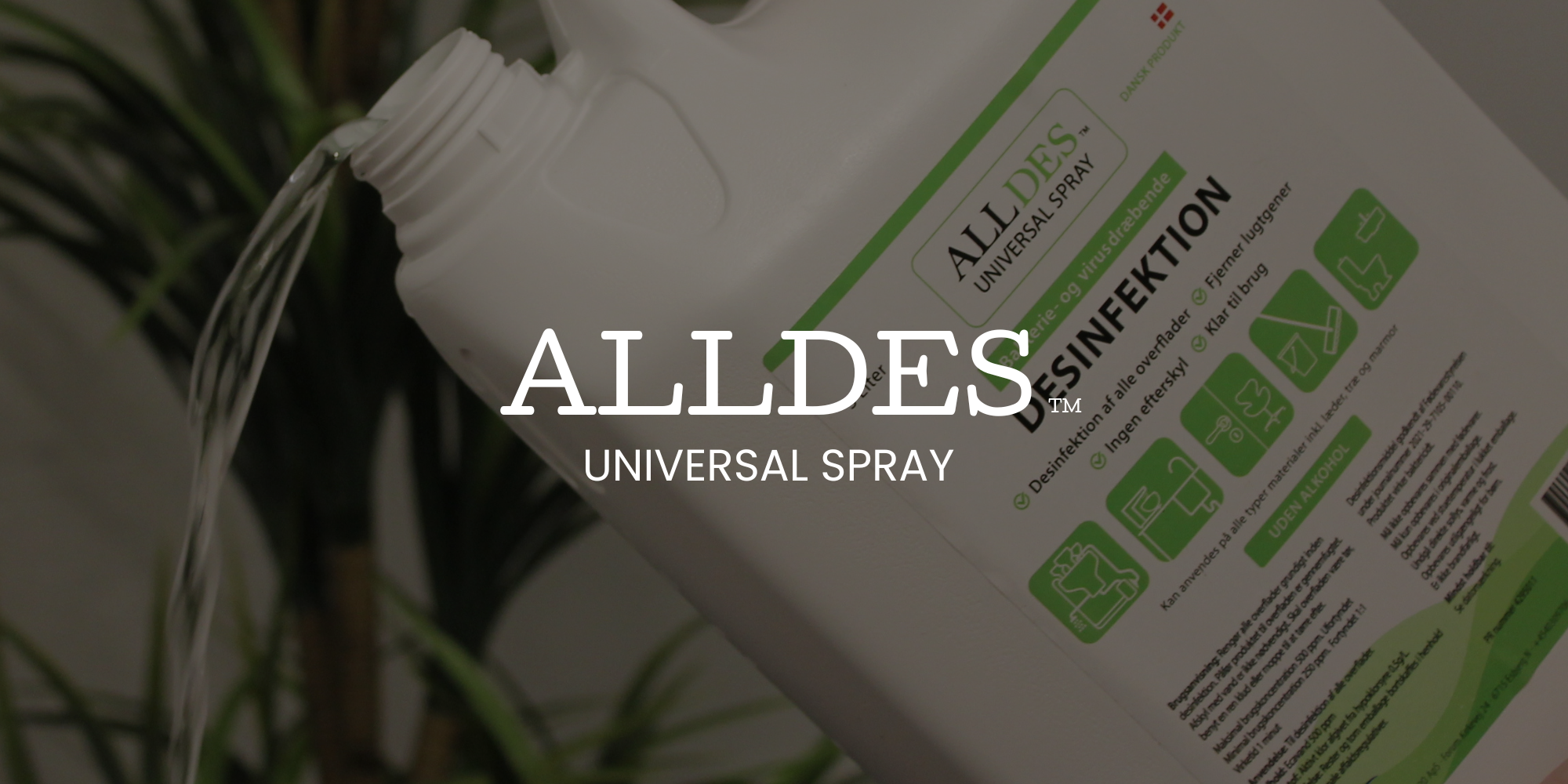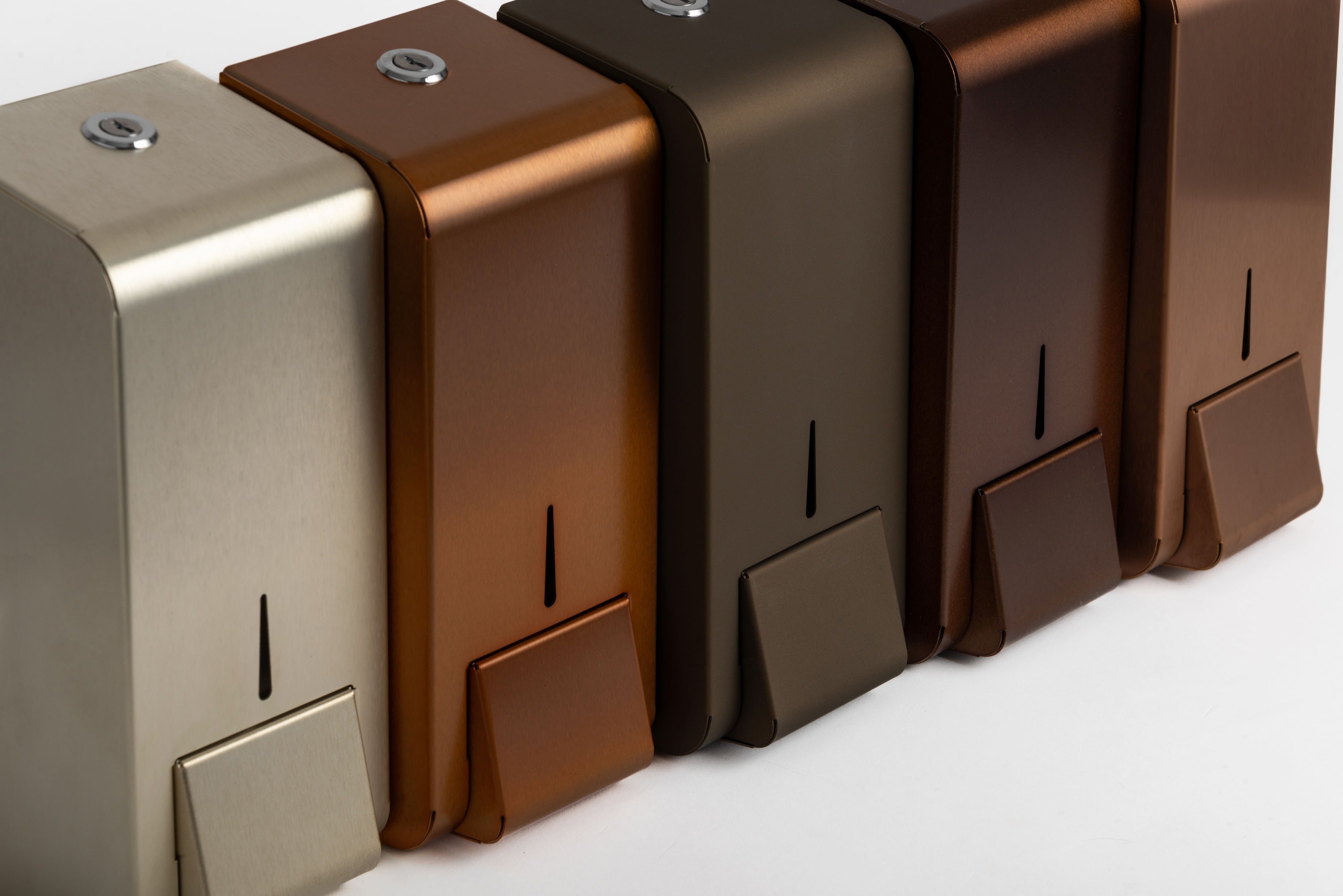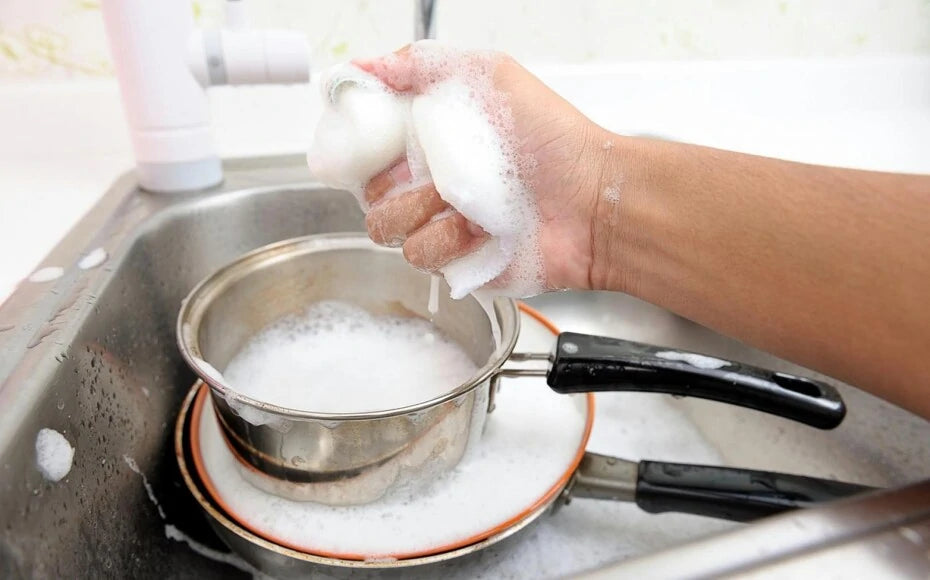Here you can read more about what causes summer eczema, what summer eczema is and not least how you can prevent and prevent summer eczema from occurring in your horse.
What is summer eczema?
Summer eczema is an itchy skin condition caused by insect bites from mites, but also horseflies, blowflies and barn flies. Horses on summer grass are particularly at risk, but the disorder can occur in all horses throughout the summer, but is particularly pronounced in May and September. It is a pronounced disorder in Icelandic horses and ponies, but all horse breeds can be attacked.
Do you have summer eczema?
The horses react with an allergic reaction to the mite's saliva. The skin changes at the mane, back and root of the tail correspond to the preferred location of a specific mite (Culicoides pulicaris) on the horse. It is typical that not all horses in the same paddock are attacked, and it cannot spread from horse to horse.
What are the symptoms of summer eczema?
- Skin changes in the mane and tail in particular, but also the back and belly are attacked.
- Redness and formation of small fluid-filled blisters.
- Watery eczema, with oozing of serum, drying into yellowish crusts.
- Intense itching.
- The horse rubs the mane and tail so that the hair wears off and the skin is further irritated.
- Deep wounds may occur on the affected areas.
How is it treated?
The disorder is triggered by mite infestation, so the horses must be removed from the mites as far as possible. Some localities are particularly plagued by mites. These are particularly low moist areas with scrub vegetation. Mites are most active at dusk and at dawn, so there is a good effect of pulling the horses into stables at the end of the day and letting them out again later in the morning. The local skin changes can be treated by washing in medicated shampoo and applying care products, including HypoClean .
How do you prevent it?
Take the horse to the stable in the late afternoon and let it out again the next day in the early morning. If your horse is suffering from summer eczema in a particular paddock, you can have a good effect by moving it to a paddock in an open and airy area. Or a completely different location. It is also a good idea to keep it in a barn at night, especially in May and September. A certain form of immunity appears to develop, so that horses that have been severely affected by the disease eventually develop weaker symptoms.












